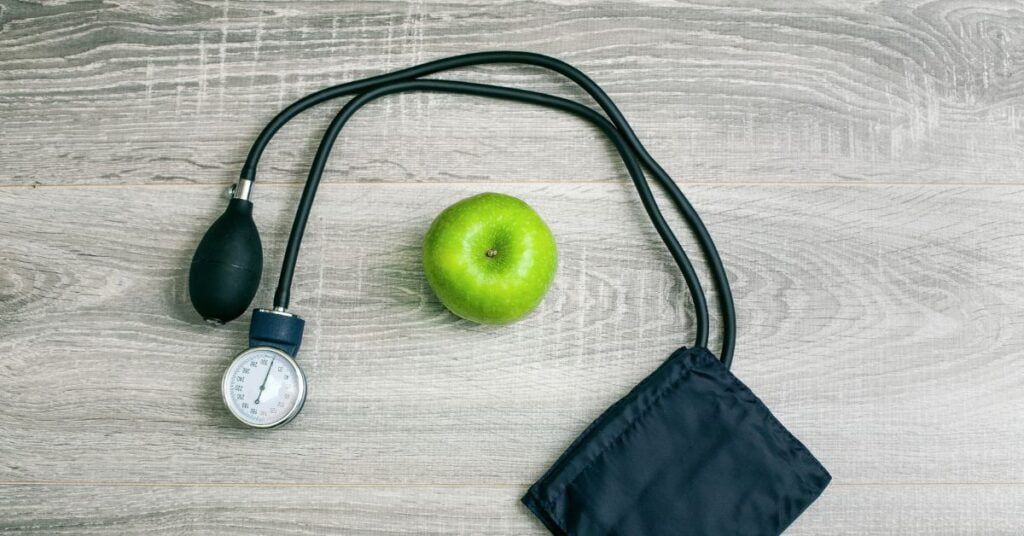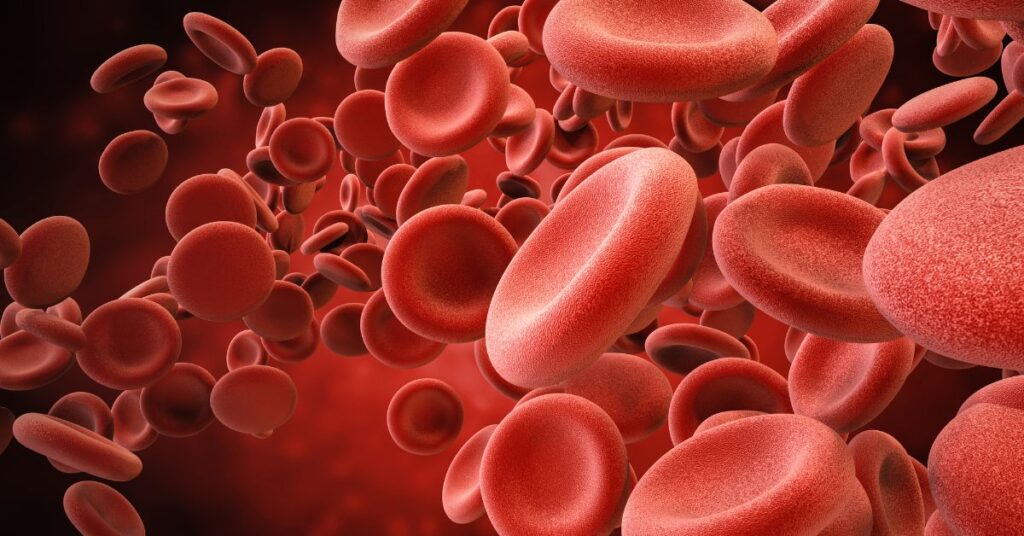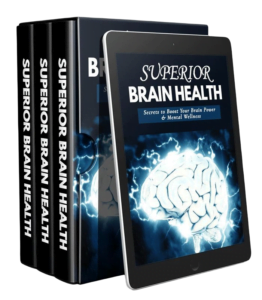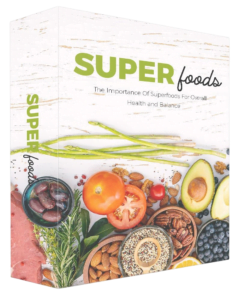There is no scientific evidence yet to suggest that chlorophyll can help lower blood pressure. Its antioxidant and anti-inflammatory properties may improve blood flow and reduce inflammation, but further research is needed to confirm its effectiveness. Incorporating chlorophyll-rich foods into your diet may be beneficial.
What is high blood pressure?
High blood pressure, also known as hypertension, is a common condition in which the force of blood against the walls of the arteries is consistently too high. This can cause damage to the arteries and increase the risk of heart disease, stroke, and other health complications. High blood pressure often has no symptoms, so it is important to have your blood pressure checked regularly by a healthcare professional.
What is chlorophyll?
Chlorophyll is a green pigment found in plants that is responsible for their photosynthesis. It is essential for the production of energy in plants and plays a key role in the process of photosynthesis, which converts light energy into chemical energy. Chlorophyll is commonly used as a dietary supplement for its potential health benefits, which include its both antioxidant activity and anti-inflammatory properties. It can be found in green vegetables such leafy vegetables such green plants such green vegetables such green substance as spinach, kale, and broccoli, as well as in spirulina and chlorella supplements.
Does chlorophyll lower blood pressure?
There is some evidence to suggest that chlorophyll may be effective in lowering blood pressure, but more research is needed to confirm its potential benefits. Chlorophyll has been shown to have antioxidant and anti-inflammatory properties, which may help to improve blood flow and reduce inflammation in the body. This, in turn, can help to lower blood pressure.

One study found that consuming a chlorophyll-rich supplement for 12 weeks significantly reduced systolic blood pressure (the top number) in overweight and obese adults with hypertension. Another study in animals found that chlorophyll supplementation lowered both systolic and diastolic blood pressure (the bottom number) by reducing inflammation in the blood vessels.
While these findings are promising, it is important to note that more research is needed to determine the optimal dose and long-term effects of these chlorophyll supplements on blood pressure. Additionally, it is important to address high blood pressure through a holistic approach that includes lifestyle changes such dietary supplements such as a healthy diet, regular exercise, and stress management. Consult with a healthcare professional or high risk, before starting any new supplement regimen.
How does chlorophyll work to lower blood pressure?
Chlorophyll may help to lower blood pressure by improving blood flow and reducing inflammation in the body. It has antioxidant and anti-inflammatory properties that can help to protect the blood vessels from damage and reduce the risk of hypertension. Additionally, natural chlorophyll has been shown to increase nitric oxide production in the body, which can help to dilate blood vessels and improve blood flow. However, more research is needed to fully understand the mechanisms by which natural chlorophyll alone may lower blood pressure.
What are some sources of chlorophyll?
Chlorophyll is found in the green color of, leafy greens of vegetables such as spinach, kale, collard greens, and parsley, as well as in green algae supplements such as spirulina and chlorella. Some other sources of chlorophyll include green beans, arugula, asparagus, and broccoli. It is important to note that cooking these green color of vegetables may reduce their chlorophyll content, so it is best to consume them raw or lightly cooked.
How much chlorophyll should you consume to see a difference in blood pressure?
There is no established dosage of chlorophyll for blood pressure control, as more research is needed to determine the optimal amount. However, incorporating chlorophyll-rich foods eating green vegetables into your diet on a regular basis may offer potential health benefits.

Aim to consume a variety of green leafy vegetables and consider supplementing with algae supplements such as spirulina or chlorella, but consult with a healthcare professional before starting any new supplement regimen. Additionally, it is important to address high blood pressure through a holistic approach that includes lifestyle changes such eating foods such green vegetables as a healthy diet, regular exercise, and stress management.
Chlorophyll Benefits: The Top Detoxifying Plant Pigment
Chlorophyll is a green pigment found in plants that has been associated with a number of health benefits, including its potential as a detoxifying agent. As a powerful antioxidant, chlorophyll can help to protect the body from oxidative stress and reduce inflammation, which can in turn support the body’s natural detoxification wound healing processes.
Studies have shown that chlorophyll may be effective in reducing levels of certain toxins in the human body also, such as aflatoxins, which are produced by some types of fungi and can be found in food. Chlorophyll has also been shown to have antimicrobial properties, which may help to reduce the growth of harmful bacteria in the gut.
In addition to its potential as a detoxifying agent, chlorophyll has also been linked to other health benefits, such as improved digestion, reduced inflammation, and improved skin health. Some sources of chlorophyll include green leafy vegetables such as spinach and kale, as well as algae supplements such as spirulina and chlorella.
What Are The Foods Rich In Chlorophyll?
Green leafy vegetables are the richest sources of chlorophyll. Some of the most chlorophyll-rich green vegetables can include spinach, kale, collard greens, parsley, cilantro, and arugula. Other green fruit and vegetables such as asparagus, broccoli, green beans, and Brussels sprouts also contain chlorophyll, though in smaller amounts than green veggies.
Additionally, algae supplements such as spirulina and chlorella are also excellent sources of chlorophyll. Incorporating these foods into your diet on a regular basis can provide numerous health benefits, as chlorophyll has been linked to improved digestion, reduced inflammation, and even a potential reduction in the risk of certain types of colon cancer. It is best to consume these foods raw or lightly cooked to preserve their chlorophyll content.
Can chlorophyll reduce blood pressure?
Some studies have suggested that chlorophyll may have a positive effect on blood pressure levels. Chlorophyll has been shown to increase the production of nitric oxide in the body, which can help to dilate blood vessels and improve blood flow.
Chlorophyll has antioxidant and anti-inflammatory properties that can help to protect the blood vessels from damage and reduce the risk of hypertension. However, more research is needed to fully understand the mechanisms by which chlorophyll may impact blood pressure, and the optimal dosage and method of consumption for blood pressure control is not yet established.
What does chlorophyll do to your blood?
Chlorophyll has been studied for its potential health benefits, including its effects on blood. One potential mechanism by which chlorophyll may impact blood is through the production of nitric oxide, which can help to improve blood flow and reduce blood pressure. Chlorophyll has also been shown to have antioxidant and anti-inflammatory properties, which can help to protect the blood vessels from damage and reduce the risk of cardiovascular disease.

In addition to its potential effects on blood pressure and cardiovascular health, a chlorophyll rich diet may also have a positive impact on the blood’s ability to transport oxygen. Chlorophyll has a similar chemical structure to hemoglobin, the protein in red blood cells that carries oxygen. Some research suggests that consuming chlorophyll-rich foods may increase the oxygen-carrying capacity of the blood.
Overall, while more research is needed to fully understand the mechanisms by which chlorophyll may impact blood, early studies suggest that it may have numerous potential human health benefits related to cardiovascular and blood health.
Is liquid chlorophyll good for the heart?
While more research is needed to fully understand the potential effects of liquid chlorophyll on the heart, some studies suggest that it may have a positive impact on cardiovascular health. Liquid chlorophyll has been shown to have antioxidant and anti-inflammatory properties, which can help to protect the heart from damage and reduce the risk of cardiovascular disease.
Chlorophyll has been shown to increase the production of nitric oxide, which can help to improve blood flow and reduce blood pressure. However, more research is needed to fully understand the optimal dosage and method of consumption for cardiovascular health benefits. As with any supplement, it is important to consult with a healthcare professional before adding liquid chlorophyll to your diet.
What are the 3 main benefits of chlorophyll?
Chlorophyll has been studied for its potential health benefits, which include:
- Detoxification: Chlorophyll has been shown to help eliminate toxins and heavy metals from the body, which can help to support liver and kidney function and improve overall health.
- Antioxidant and anti-inflammatory properties: Chlorophyll is a potent antioxidant and has been shown to have anti-inflammatory properties, which can help to protect the body from damage and reduce the risk of chronic diseases such as cancer and heart disease.
- Potential blood pressure control: Some studies have suggested that chlorophyll may have a positive effect on blood pressure levels by increasing the production of nitric oxide, which can help to dilate blood vessels and improve blood flow.
Does Chlorophyll Restored Red Blood Cells and Fights Anemia?
Chlorophyll has a similar chemical structure to hemoglobin, the protein in red blood cells that carries oxygen. Some studies suggest that consuming chlorophyll-rich foods or supplements may increase the production and quality of red blood cells, which can help to improve oxygen transport and reduce the risk of anemia.

Additionally, chlorophyll has been shown to have antioxidant and anti-inflammatory properties, which can help to protect the blood vessels and prevent damage to the red blood cells. However, more research is needed to fully understand the potential benefits of chlorophyll for restoring red blood cells and fighting anemia.
Are There Any Side Effects Or Safety Concerns Of Chlorophyll Supplements?
Chlorophyll supplements are generally considered safe when consumed in appropriate doses. However, some people may experience side effects such as digestive issues, diarrhea, or allergic reactions. It is important to follow the recommended dosage and consult with a healthcare professional before adding chlorophyll supplements to your diet, especially if you are pregnant, breastfeeding, or have a history of allergies or other medical conditions. Additionally, it is important to choose high-quality chlorophyll supplements from reputable manufacturers to ensure purity and avoid any potential contaminants.
the power of chlorophyll – proven health benefits of chlorophyll – liver, cancer, skin and more
FAQs
How does chlorophyll lower blood pressure?
Chlorophyll has been shown to have antioxidant and anti-inflammatory properties, which may help to with cancer risk improve blood flow to healthy cells and reduce inflammation in the body. This, in turn, can help to with cancer risk and weight loss lower blood pressure.
What are some sources of chlorophyll?
Chlorophyll is found in green leafy vegetables such as spinach, kale, and broccoli, as well as in spirulina and chlorella supplements.
Are there any potential side effects of consuming chlorophyll?
While chlorophyll is generally considered safe, some people may experience digestive symptoms such digestive problems such as diarrhea or nausea. It may also cause an allergic reaction in some individuals. It is important to consult with a healthcare professional before starting any new supplement regimen.
Conclusion
While more research is needed to confirm the potential benefits of using chlorophyll supplements for lowering blood pressure, studies have shown promising results. Incorporating chlorophyll-rich foods such as green leafy vegetables into your diet and considering a chlorophyll supplement may be worth exploring as part of a holistic approach to managing high blood pressure. However, it is important to consult with a healthcare professional before starting any new supplement regimen to ensure that it is safe and effective for you.
His research and writing have been featured in numerous publications, and he is dedicated to helping people understand the importance of these vital nutrients in maintaining optimal health. If you're looking to improve your well-being through diet and nutrition, Christopher is the expert to turn to.
- Can I Take Maca and Ashwagandha Together: YES! - January 7, 2024
- Can You Take Ashwagandha And Liquid Chlorophyll Together: YES! - January 7, 2024
- Can You Take Shilajit and Ashwagandha Together? - January 7, 2024










